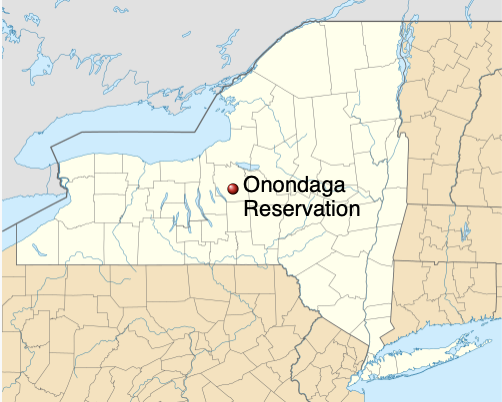
Native AmericansThe Original Americans
NATIVE AMERICANS IN SKANEATELES, NY
The early nineteenth century of the United States was marked by its continual expansion to the Mississippi River. However, due to the Gadsden purchase, that lead to U.S. control of the borderlands of southern New Mexico and Arizona as well as the authority over Oregon country, Texas and California; America’s expansion would not end there. Between 1830 and 1860 the U.S. pretty much doubled the amount of acreage within its control.
These territorial gains coincided with the arrival of troves of European and Asian immigrants who wished to join the surge of American settlers heading west. This, combined with the discovery of gold in 1849, presented captivating possibilities for those ready to make the extended trip westward. Consequently, with the military’s protection and the U.S. government’s assistance, many settlers set about building their homesteads in the Great Plains and other parts of the Native American tribe-inhabited West.
“Skaneateles: Long, Beautiful Lake”
In 1824, in order to administer the U.S. government’s Native American policies, Congress formed a new bureau within the War Department called the Bureau of Indian Affairs, which worked directly with the U.S. Army to enforce their policies. At times the federal government recognized the Indians as self-governing, separate political communities with different cultural identities; however, at other times the government attempted to force the Native American tribes to give up their cultural identity, give up their land and assimilate into the American culture.
Native American Policy can be defined as the laws and regulations and procedures made and adapted in the United States to define the relationship between Native American tribes and the federal government. When the United States initially became an independent nation, it implemented the European policies towards the local peoples, but over two centuries the U.S. adapted its own widely varying regulations regarding the evolving perspectives and necessities of Native American oversight.
Onondaga Reservation
A Native American reservation in Onondaga County, New York, United States. It is the territory of the Onondaga Nation. It lies just south of the city of Syracuse. The population was 468 at the 2010 census.
The Onondaga Reservation is a politically independent entity, as the nation is federally recognized by the United States government. The Onondaga Nation has reached some accommodations with New York State on jurisdictional issues.


